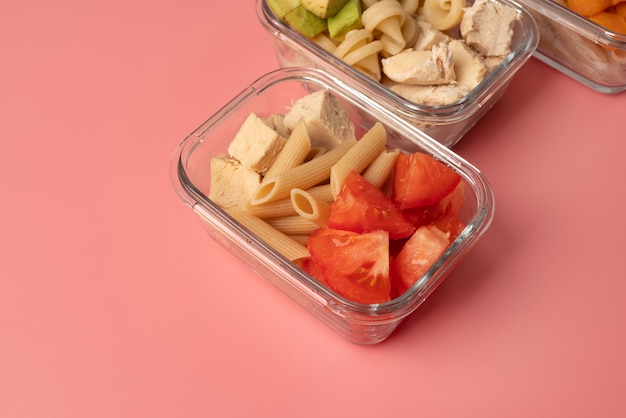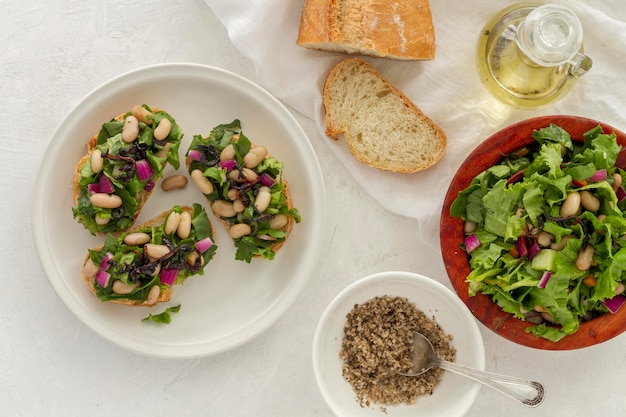Maintaining and improving mobility is essential for long-term health, independence, and quality of life. While exercise and stretching are commonly emphasized, one often overlooked factor is nutrition. What you eat plays a crucial role in reducing inflammation, supporting joint health, and maintaining muscle strength—all key components of mobility. The challenge? Finding time to prepare nutritious meals consistently.
That’s where weekly meal prep comes in. With a strategic, time-efficient plan, you can fuel your body with the right nutrients to support mobility, all while saving time during the week. This article provides a clear, actionable blueprint for using meal prep to enhance mobility, complete with progress checks to keep you on track.
Mobility isn’t just about flexibility or strength—it’s about how well your body moves through daily activities. Poor nutrition can contribute to chronic inflammation, joint stiffness, and muscle loss, especially as we age. On the flip side, a diet rich in anti-inflammatory foods, antioxidants, lean proteins, and healthy fats supports tissue repair, reduces pain, and enhances physical function.
Key nutrients that support mobility include:

Meal prepping doesn’t have to be overwhelming. With a structured approach, you can prepare a week’s worth of mobility-supporting meals in just 2–3 hours. Follow this step-by-step plan:
Start by outlining your meals for the week. Focus on balanced plates that include:
Choose recipes that are easy to batch-cook and reheat well. Consider one-pot meals, sheet pan roasts, or grain bowls.
Organize your list by food category—produce, proteins, pantry items—to save time at the store. Stick to whole, unprocessed foods as much as possible. Buying frozen vegetables and pre-washed greens can also cut down prep time without sacrificing nutrition.
Set aside a block of time—preferably on Sunday—to cook and assemble meals. Here’s a sample workflow:

Use airtight containers and label them with dates. Most cooked meals stay fresh in the refrigerator for 4–5 days. Freeze portions you won’t eat within that time frame.
Here are some nutrient-packed meal ideas to include in your rotation:
Nutrition changes take time. To stay motivated, incorporate simple weekly mobility assessments:
Pair these checks with a food journal to identify patterns—do certain meals leave you feeling more energized or less stiff?
Improving mobility isn’t just about movement—it’s about nourishing your body from the inside out. Weekly meal prep empowers you to take control of your nutrition without sacrificing time or convenience. By focusing on anti-inflammatory, nutrient-dense foods and tracking your physical progress, you’ll create sustainable habits that support lifelong mobility.
Start small, stay consistent, and celebrate progress—your future self will thank you.

Wellness

Wellness

Wellness

Wellness

Health

Wellness

Health

Health

Fitness

Health

Fitness

Wellness

Health

Fitness

Health

Health